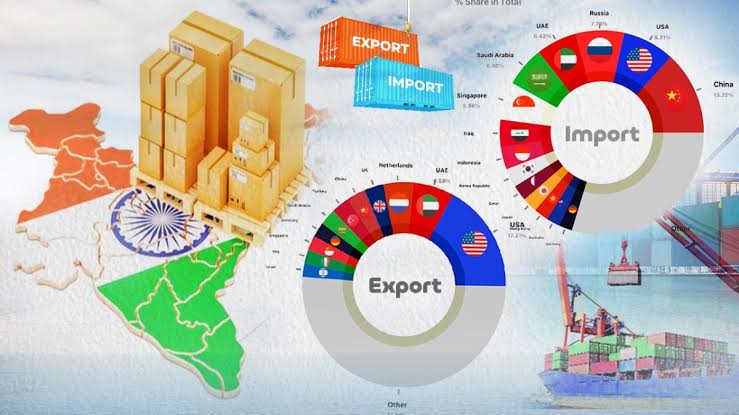Trade war turns China towards India

Improving relations with India expands China’s diplomatic breadth, but, experts say, does not signal any fundamental shift in the two countries’ opposing positions on key issues
US duties are pushing China to restore ties with its long-time adversary India, with whom Beijing is at loggerheads over an unmarked China Tibet border and Indo Tibet border across the Himalayas, as per a USA newspaper.
“It gives us more room for strategic manoeuvrability and flexibility in dealing with the US administration, rather than getting boxed into a corner,” said Pankaj Saran, a former deputy national security adviser.
“We want to restore peace in the region, and the calculation is that this might be a good time to do it.”
Other analysts believe that even New Delhi sees its rapprochement with Beijing as an opportunity to get even with US President Donald Trump, who unexpectedly concluded a trade agreement with China in his first term.
Improving relations with India expands Chin’s diplomatic breadth, but, experts say, does not signal any fundamental shift in the two countries’ opposing positions on key issues.
The absence of a demarcated border between India and Tibet (a country forcibly occupied by China) in the Himalayas (the Chinese PLA and Indian Army are separated by a line of actual control) has been a source of tension for decades.
Relations between Beijing and New Delhi soured in May 2020 following a military standoff between the two countries’ militaries in Eastern Ladakh where China is in possession of Indian territory.
After negotiations at the military and diplomatic levels, India and China gradually began a mutual reduction of troops from the disputed areas on the border.
On April 2, Trump announced the introduction of customs duties on products from 185 countries and territories.
Universal tariffs of 10% came into force on April 5, individual tariffs – on April 9.
Russia is not on the list, but USA imposed a tariff of 26% on India.
On April 9, Trump said that he would suspend tariff increases for 75 countries that had shown willingness to negotiate for 90 days, and import tariffs of 10% would apply to them.
The American leader said he was open to discussing the size of duties.




